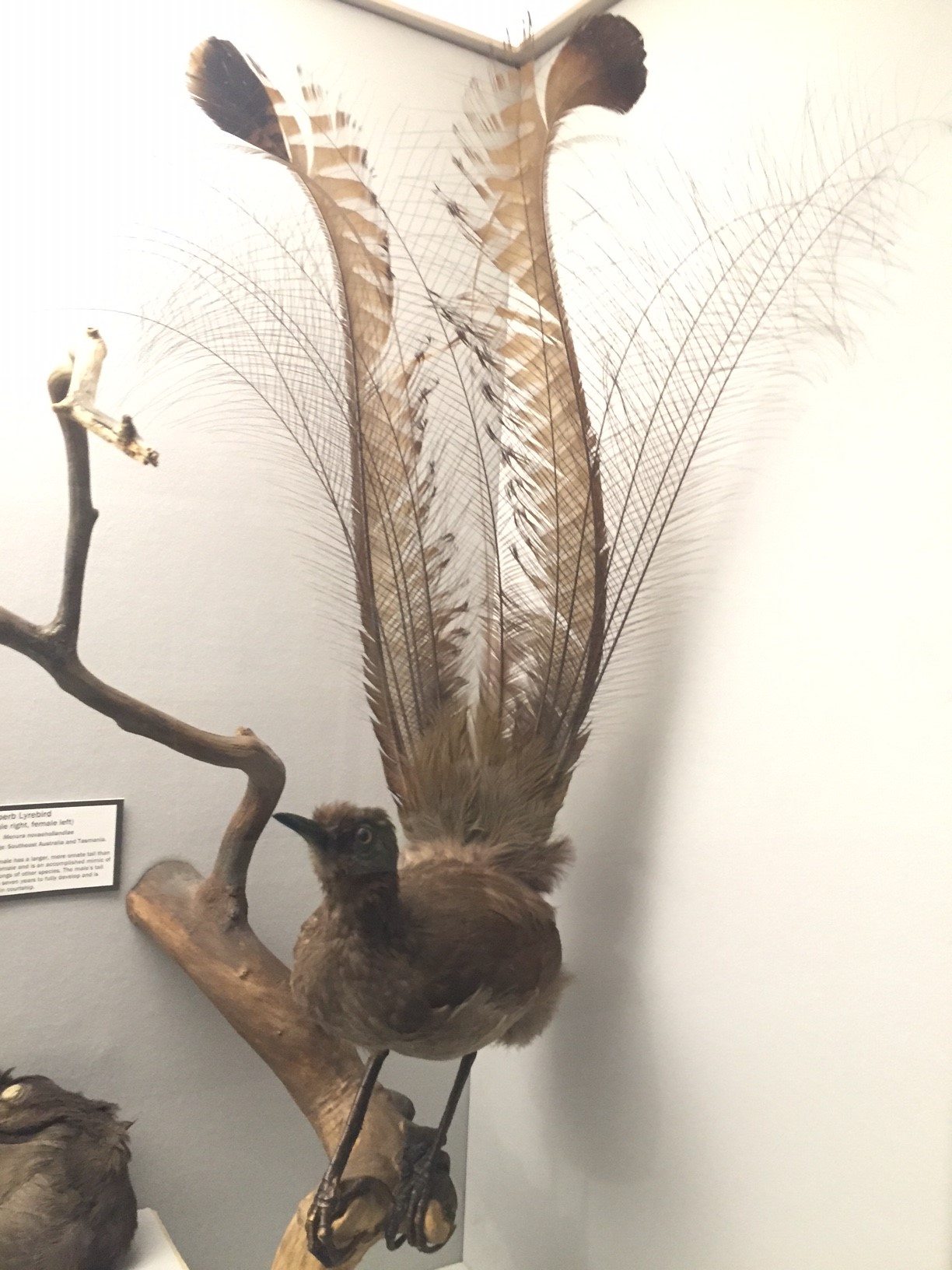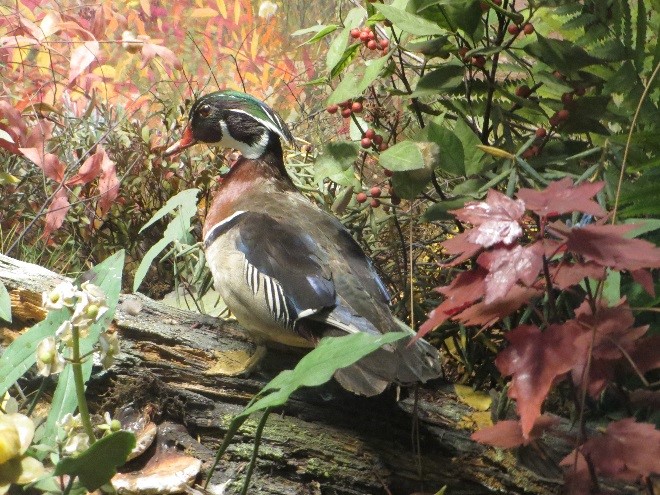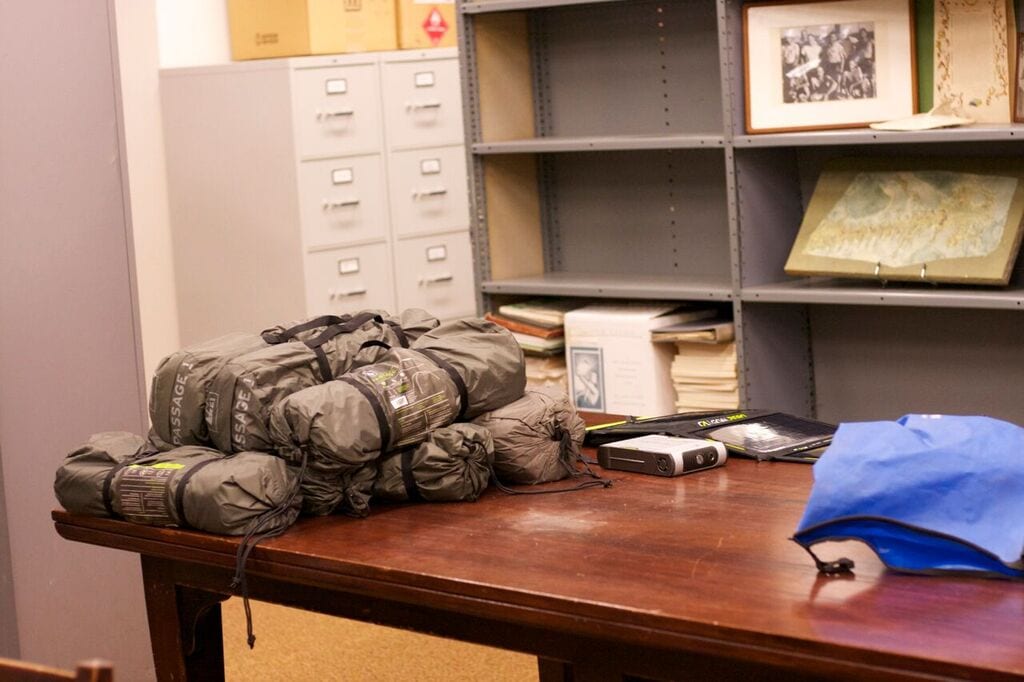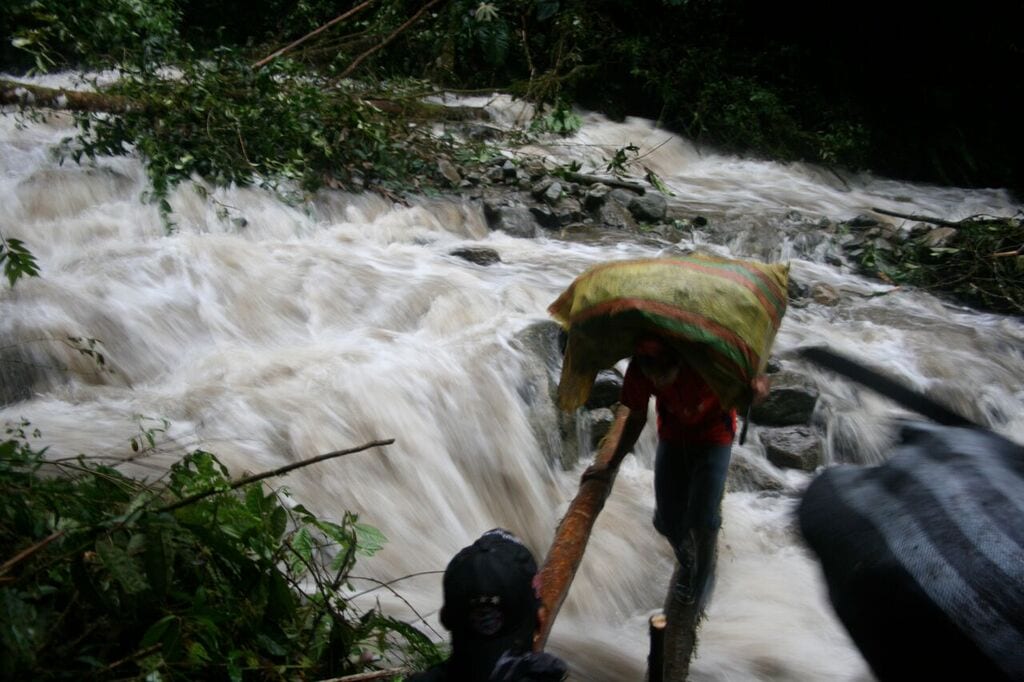 If you thought you were having a great hair day, check out the in Carnegie Museum of Natural History’s Bird Hall.
If you thought you were having a great hair day, check out the in Carnegie Museum of Natural History’s Bird Hall.
Males Superb Lyrebird attract females with their ornate tails, which can take up to seven years to fully develop.
Carnegie Museum of Natural History
One of the Four Carnegie Museums of Pittsburgh
by carnegiemnh
 If you thought you were having a great hair day, check out the in Carnegie Museum of Natural History’s Bird Hall.
If you thought you were having a great hair day, check out the in Carnegie Museum of Natural History’s Bird Hall.
Males Superb Lyrebird attract females with their ornate tails, which can take up to seven years to fully develop.
by carnegiemnh

By Patrick McShea
Within the Hall of Botany, a male wood duck’s beautiful plumage shares splendor with the fall foliage of a quaking bog in northwestern Pennsylvania.
At this time of year, as wood ducks begin to appear in wooded creek mouths along Pittsburgh’s rivers, bare branch canopies of sycamore and cottonwood trees offer little color competition.
The places where neighborhood streams surrender their flow to southwestern Pennsylvania’s big water are among the least accessible stretches of riverfront, so this early spring spectacle passes unnoticed by all but the most ardent river watchers.
Binoculars and a stealthy approach are both necessary to get a good look at these beautiful but wary birds. Because the banks of the Allegheny, Monongahela, and Ohio consistently document the variety of floatable
debris generated by our throwaway culture, river edge views of wood ducks are often aesthetically marred by the inclusion of tires, mud-stained blocks of Styrofoam, empty beer cans, and all kinds of plastic containers.
Patrick McShea works in the Education and Visitor Experience department of Carnegie Museum of Natural History. Museum employees are encouraged to blog about their unique experiences and knowledge gained from working at the museum.
by carnegiemnh



Blog written by Dr. José M. Padial, the William and Ingrid Rea Assistant Curator of Amphibians and Reptiles, Carnegie Museum of Natural History
January 17th 2016,
Pittsburgh, PA
Today I will be flying to Lima on my way to one of the less
known and nearly inaccessible mountains of the Amazon: tents, sleeping bags,
dry bags, headlamps, thermohygrometers, GPS, solar panels, batteries, tubes,
labels, clothing, and more, will comprise my load.
Packing stuff fuels my adrenaline as I sense the expedition
unfolding; obstacles and challenges come to my mind. Simple things such as the
airport security checking my heavy load which may look suspicious, going
through the Peruvian customs, or traveling by foot from the Andes to the
Apurimac river— not far from the source of the Amazon—all of which might present unnerving obstacles. But nothing is comparable to the challenges posed by
the sharp slopes of Cordillera Vilcabamba.
The mountain range springs from the Apurimac valley at 2,000 feet
and reaches 13,000 feet in about 10 miles, as the crow flies. Cliffs featuring unbelievable
waterfalls cut through forested slopes of thorny bamboo and primitive-looking tree
ferns of reptiloid barks. I experienced a failed attempt to reach the higher
part of Vilcabamba in 2008 during an expedition by Spain’s National Museum of
Natural Sciences. I¹m now well aware of the difficulties we’ll have to deal
with: impenetrable forests, heavy rains, muddy slopes, slippery rocks and river
rapids.
All of this runs through my mind as I pack tents and bulky
sleeping bags into a container, and I recall my conversation with Peter Lake,
one of the explorers that parachuted into the top of “The Peruvian Lost
World”—as Vilcabamba was dubbed in a 1964 National Geographic article that
narrated their feat.
Part of me wonders if we should we have parachuted into the upper part of Vilcabamba—the hilly prairie of golden grasses and tannin-black lagoons fenced by the elfin forests that marks the upper limit of tree life. Instead we will follow the steps of pioneer ecologists John Terborgh
and John S. Weske, who studied the birds of Vilcabamba; we will open a
narrow track across the forest to investigate changes in the composition and abundance
of species along the rapid climatic gradient produced by the sheer fall of the
forested slopes. Hopefully, we¹ll reach the area where the forest gives place
to a lost world of grasslands. Paraphrasing Gerald Durrell, one of my
naturalists heroes, “in this mountain world with its strange vegetation
and cooler climate, fauna completely different from that of the steamy forest
region was to be found.”
copyright 2016 José M. Padial
